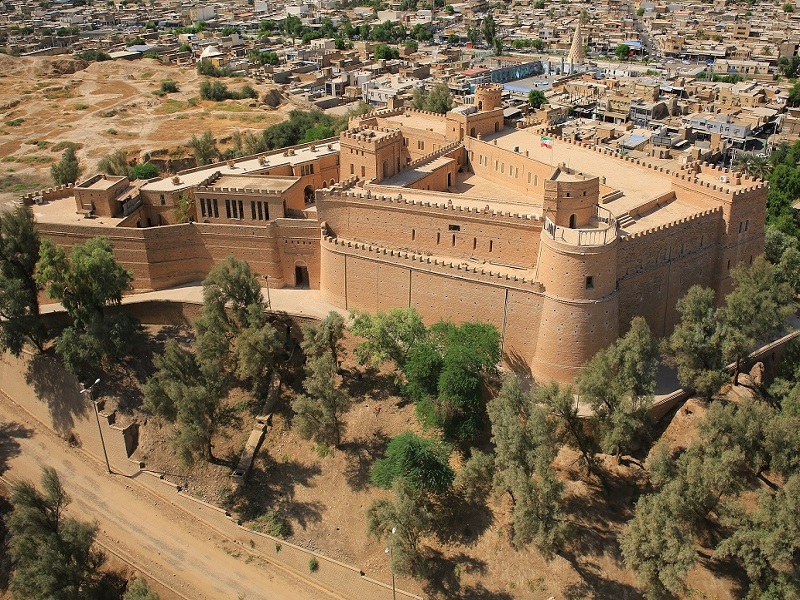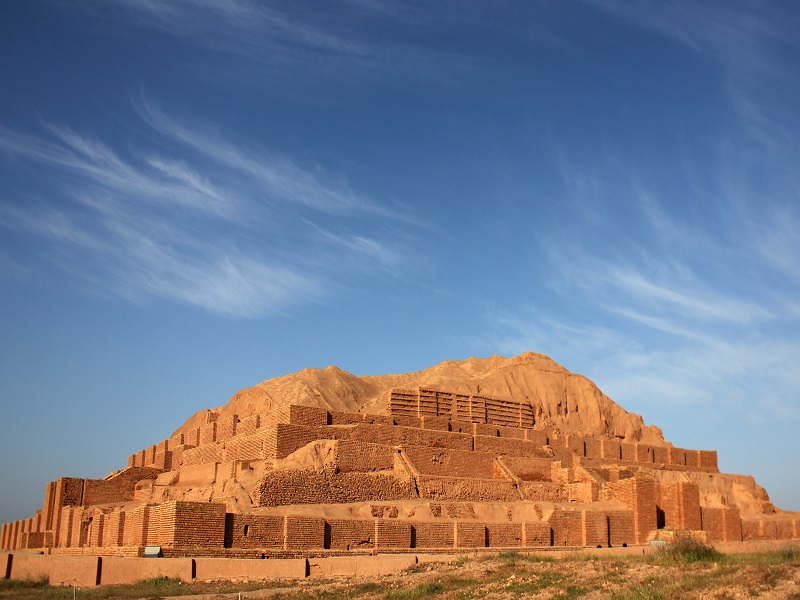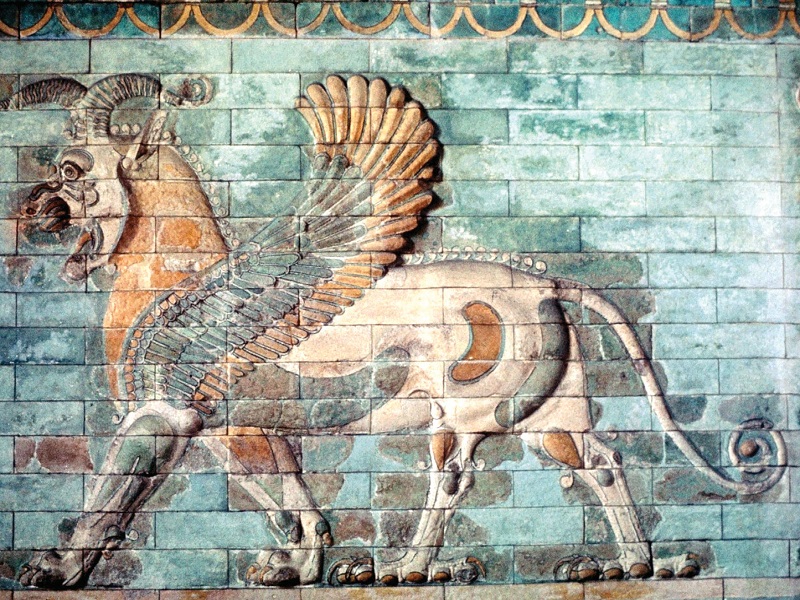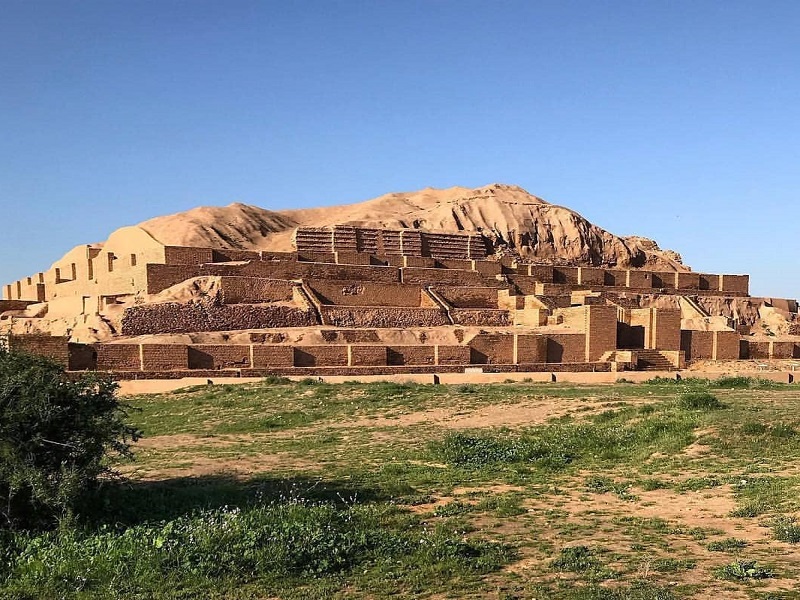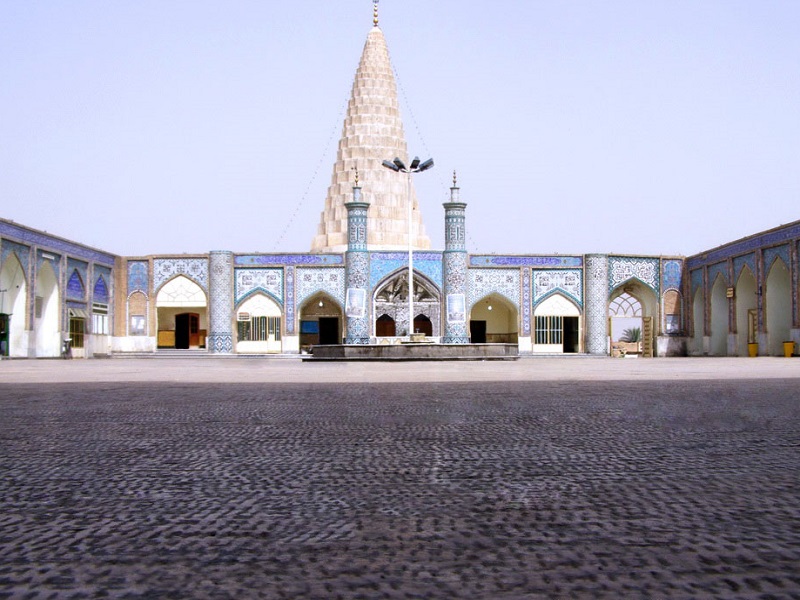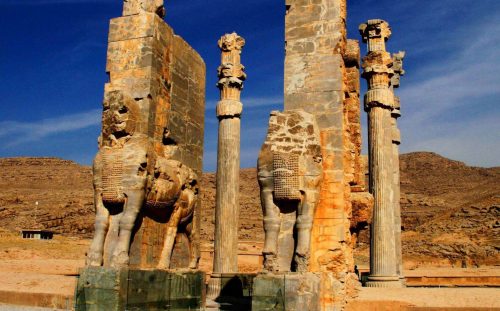Susa, A City as Old as Iranian History
Susa was one of the oldest world human settlements and part of the site is still inhabited. Excavations have uncovered evidence of continual habitation dating back to 4200 BCE but the formation primitive community is come back to 7000 BCE. It is mentioned in the book of Eshter and other Biblical books by “Shushan”. In Elamite, the name of the city was written variously: Shushan, Shushun, Susa, etc, the modern city is called Shush. In historic literature Sumerian mentioned to this city as a gorgeous and thriving city. The origin root of the name of city “Susa” is come from the local city deity Inshushinak. Inshushinak was a great goddess in Elamite civilization, not only she was a guardian of the city, but also she was the deity of the dead. Choghazanbil Ziggurat was offered to her.
Susa was developed as an important center at the late 5th millennium BC. Foremost with religious importance, afterwards, it flourished in commercial, administrative and political. The city had enjoyed diverse culture. Susa appears as the converging point of two great civilization which reciprocally had influenced each other: the Iranian Plateau civilization and the Mesopotamian. Although excavation is done it the city, but further excavation is required, because there are large untold stories in the area.
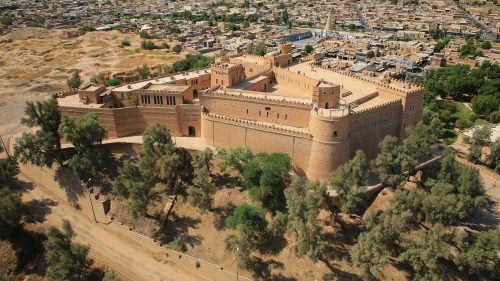
History
Susa, is considered as one of the important cities in ancient era, and it had known for its magnificence. It was a political center of Elamite, and some other dynasties after that. Even Though when it was not a capital, it was a center of trading and business and also a ritual center in the region. There is a fortress in the city which was built in Qajar dynasty by French orders (it is called French fortress) but you can see ancient bricks in it which is belong to Persian, Macedonian, Parthian and other dynasties in ancient’s era. The Susa site as a particular historical city, is important because it provides significant evidence of the evolution of cultures in the region over a vast period of time.
Choghazanbil Ziggurat is a temple belongs to Elamite era, it is an outstanding instance of the culmination of Elamite’s art and architecture. They were believed that the guarding God of their capital ascends to heaven from that point.
Under Seljuk and Parthians, Susa lost its significance, however it continued its life as a trade center. At the end of the 4th century BC, Susa had returned into Greek city. Hellenistic art has left huge inspiration during this period. Some of such influence can be found at social organizations, sport centers and even worship of Greek gods in the city. Under the Parthians, local products started to be produced again and large houses took Iranian forms again. Toward the end of the Parthians, large pottery workshops were built in the city.
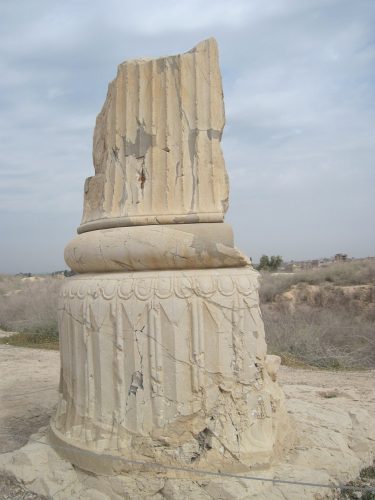
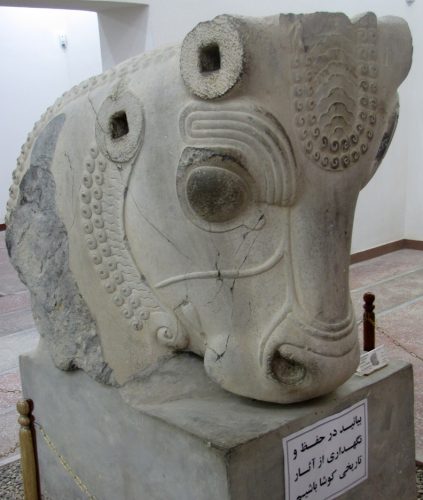
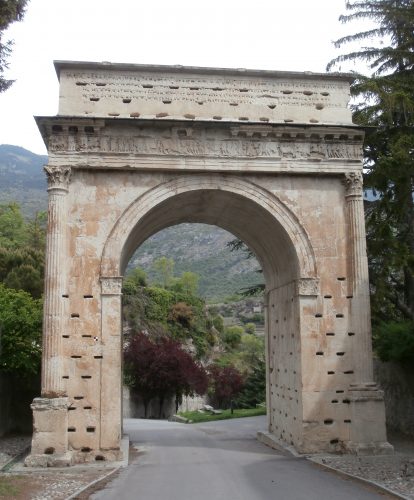
UNESCO’s World Heritage
This ancient city with its magnificence history is registered in UNESCO’s World Heritage List. Furthermore Choghazanbil Ziggurat as a primeval temple in ancient era is registered too.
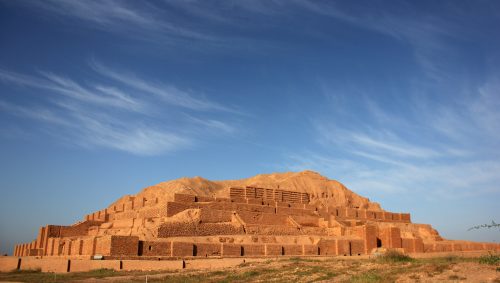
- Population: 77,148 (2016)
- Pre phone number: +98642522
- Time zone: Time zone UTC+03:30 (IRST) - Summer (DST) UTC+04:30 (IRDT)
